The five major reproductive technologies utilized in human reproduction are artificial insemination, ovulation timing, sperm, egg, embryo freezing, in vitro fertilization, and IVF in uterine transplant. The technologies used for birth control conception are critical in shaping the moral, practical, and political meaning of human life, kinship, and family in various nations and cultures.
1. Affordable
Technology has significantly reduced the cost of fertility treatments. Couples no longer need to pay for repeated cycles of IVF to boost their chances of success, thanks to recent developments such as storing eggs and embryos.

2. In-vitro Fertilization
IVF is a complicated set of operations meant to aid fertility or genetic disorders and aid in childbirth, is the most frequent and successful reproductive treatment available. It entails removing eggs from the ovary, fertilizing them in a laboratory using sperm, and then transferring the embryos to the uterus. IVF cycles last roughly two months. During an IVF cycle, Intended Parents can identify gender using preimplantation genetic diagnosis, screening, or testing for aneuploidy.
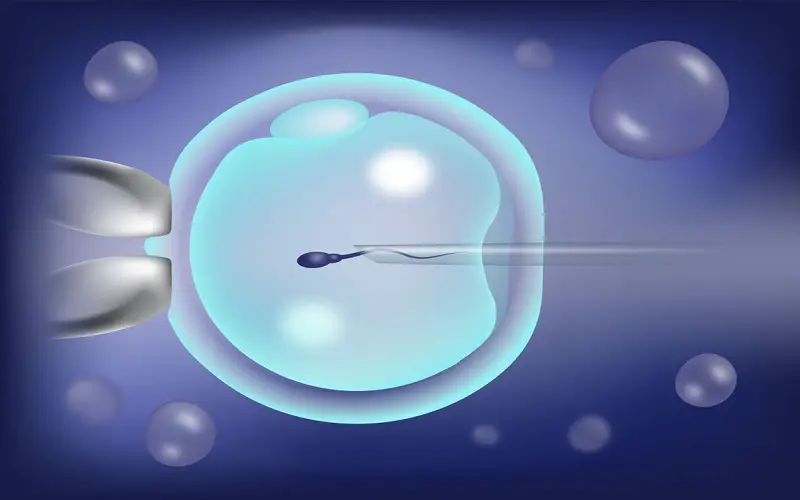
3. Intracytoplasmic Sperm Injection
ICSI is a therapy for male infertility and a version of IVF used when sperm quality or quantity is a problem. The ICSI involves injecting single sperm into each egg, the cycles take four to six weeks to complete. They should plan to spend a half-day at the clinic for the egg and sperm retrieval procedures and return two to five days later for the embryo transfer operation. The technological study involves delving into the specifics of what works and a possible explanation for the ease of repeatability.
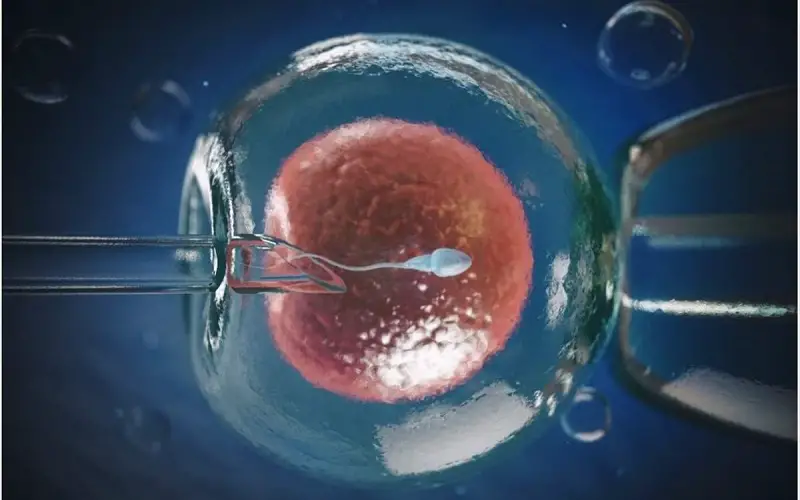
4. Preimplantation Genetic Diagnosis
PGD is a genetic test performed on embryos before transfer to the uterus. It is used to detect genetic abnormalities or flaws. Cystic fibrosis, Tay-Sachs, Spinal muscular atrophy, Haemophilia, and Sickle cell are prevalent single gene illnesses for PGD.
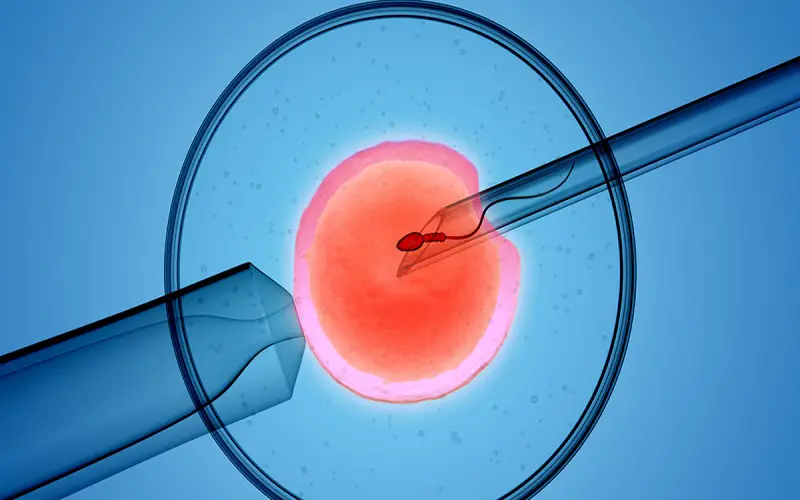
5. Assisted Hatching
This treatment is used in conjunction with IVF. It entails a tiny hole in the outer layer of an embryo to hatch and implant into the uterine lining, the thought assists hatching aids embryo implanting in the uterus, resulting in better pregnancy rates in the individuals.
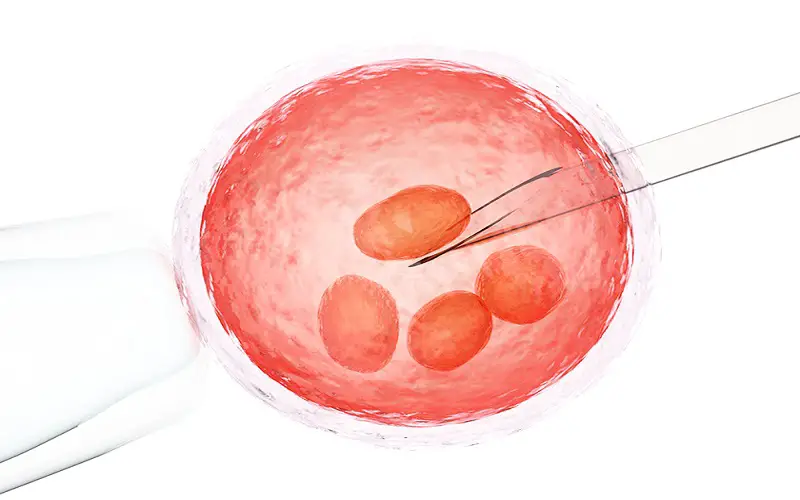
6. Embryo Cryopreservation
Embryo Cryopreservation is a method of storing embryos. It is frequently used with IVF to boost the odds of success. Cryopreservation of embryos is a fertility preservation. Frozen embryos is held and monitored at medical facilities, and kept for ten years or longer. In terms of reproductive treatments, technology is advanced significantly in the recent years. Couples having difficulty conceiving have more alternatives than ever before.
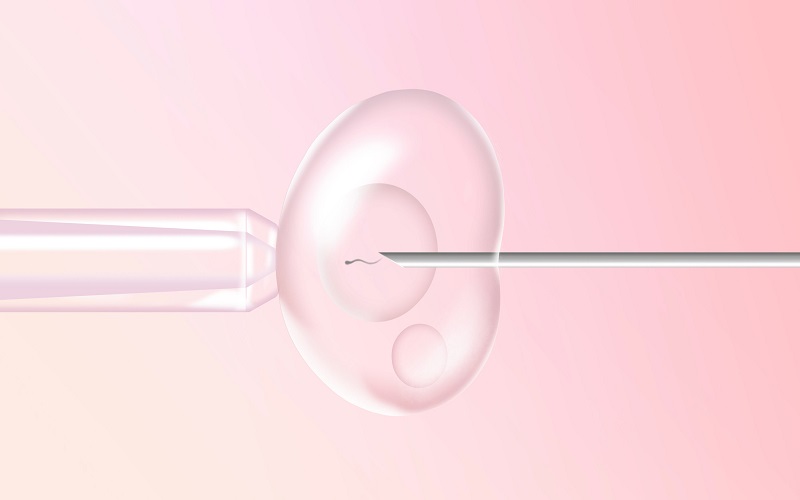
7. Egg Freezing
Egg Freezing is the process of keeping unfertilized eggs at subzero temperatures for future use. The majority of ladies who undergo egg freezing are approximately 35 years old. Freezing eggs is the treatment not necessary because of the 10-15 productive years ahead. Natural conception is still possible. There is currently no time limit for egg freezing. There are several successful pregnancies following egg freezing for 15 years.
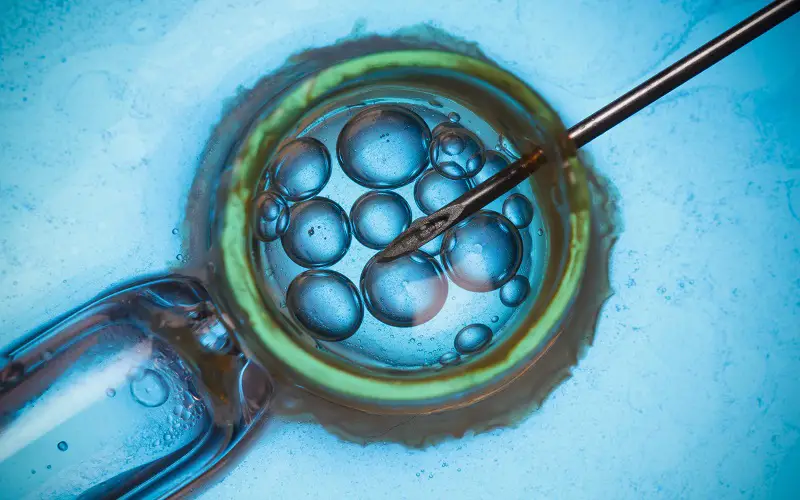
8. Genetic Screening
Genetic testing can determine if the problem is with the eggs or the overall health of one or both parents. The testing identifies whether the infertility is inherited or a one-time event. If the goal is to become pregnant in the future, genetic testing reveals known diseases that cause reproductive problems. Positive tests do not ensure that the infant acquires the condition.
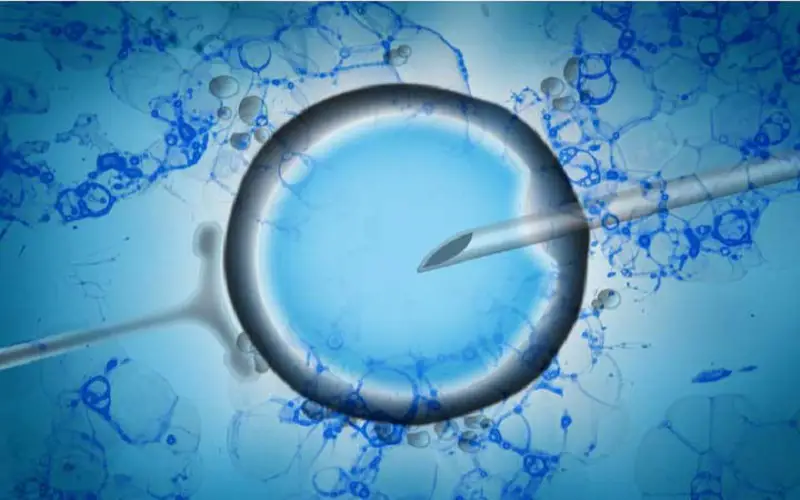
9. Uterine Transplants
The first successful post-transplant pregnancy happened in October 2014. The first documented post-mortem donor resulted in a positive pregnancy in the United States. Uterine Transplants are becoming a more plausible possibility for several successful pregnancies. Without technology, genetic matching and surgical operation, uterine transplants would not be conceivable.
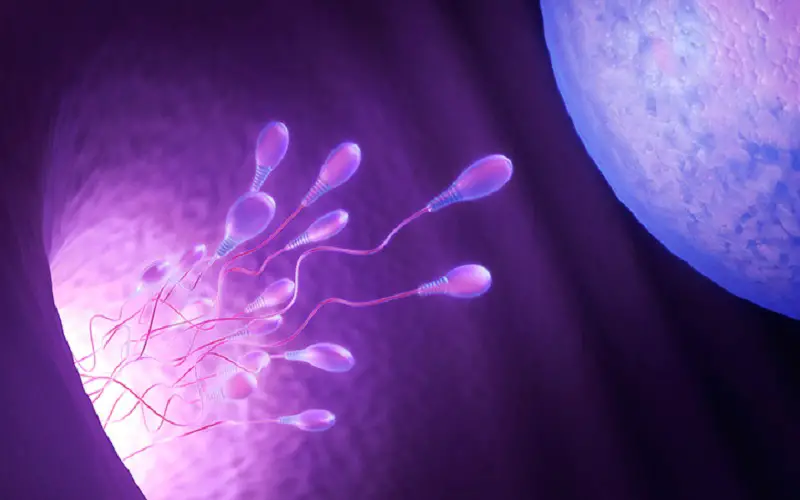
10. Tracking Ovulation
Ovulation marks the start of every reproductive journey. Ovulation tracking includes mobile applications and wearable fertility monitors to the traditional calendar and thermometer approaches. The applications notify the most fertile days and even send reminders. Wearable fertility monitors the latest craze in the fight against infertility. Fertility tracker worn as wristbands or armbands record body temperature, sleep, and activity levels. The trackers eliminate the numerous bits of information.


















